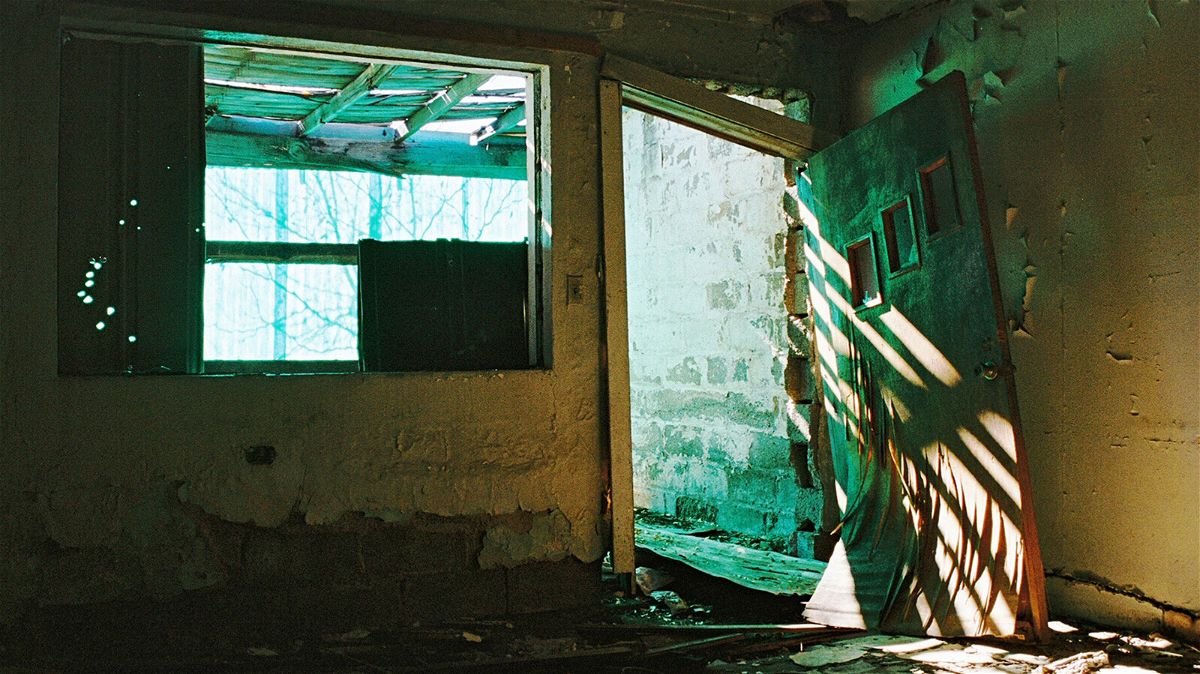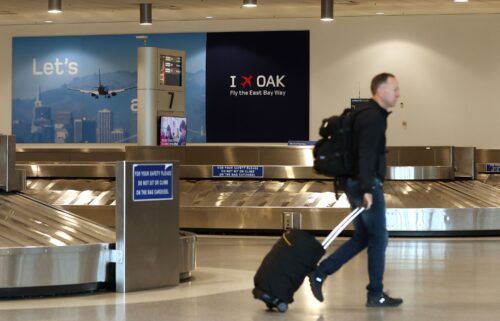Empty churches, deserted mansions: An exploration of New Mexico’s abandoned places

"People like houses
By Lilit Marcus, CNN
John Mulhouse has two passions: wetland biology and photography of abandoned places.
The former has given him the opportunity to live and work all over the United States — as well as the means to continue working on the latter.
But while some people might see these two interests as divergent, Mulhouse believes they’re related.
“As a biologist looking at the natural world, there is the fact that people have to live in different ways, and they sometimes have to do it very quickly,” he says. “The way we live right now is not the way we might live tomorrow.”
Mulhouse began his photography project in the mid-2000s when he was in Georgia attending graduate school.
He began photographing interesting abandoned or empty buildings along the Georgia-South Carolina border. Soon, he put them online into a blog called City of Dust.
Eventually, as online media consumption habits changed, he migrated much of his work over to a Facebook page. Fans and fellow history buffs followed. In the comment sections, Mulhouse says, people would share memories of growing up in various towns, then tag friends and relatives to fill in more details.
As he moved around the United States, City of Dust went with him. Though he no longer lives in New Mexico, Mulhouse still considers the Land of Enchantment his favorite state, citing its Native American and Spanish history.
“It is the least like the United States, I think, of pretty much any state in the country,” he says by way of explanation.
A series of Mulhouse’s images and the stories behind them can be found in his book “Abandoned New Mexico: Ghost Towns, Endangered Architecture, and Hidden History.”
He cites Chaco Canyon and Pecos Pueblo as two of his favorite places to visit and photograph in New Mexico.
And while Route 66 has been luring visitors from around the world, Mulhouse prefers to drive along Highway 60 — which slices across central New Mexico and tapers off in western Arizona — where you can “just go back in time.”
How to define “abandoned”
While the concept of “ruin porn” has grown in the era of social media, Mulhouse doesn’t see the places he photographs as creepy. Instead, he tries to learn as much as he can about what these places were like in their heyday, who lived there and why they have been abandoned.
First things first: what qualifies a place as abandoned to begin with?
“Most ‘ghost towns’ still have some people living there. If someone approaches you, you’ve got to say a few words to them. It helps to know your history before you go so that when that happens, you can say, ‘I’m photographing such-and-such store. I’m photographing this old church.’ That will start a conversation, and you often learn a lot.”
And it’s important to ask how a place became abandoned in the first place.
In the town of Springer sits one of his most commented-on pictures: the Mills Mansion.
It was built by Melvin Mills, a member of the notorious Santa Fe Ring, in the 1870s. Mills won, then lost, his fortune and then his home. These days, he has a few descendants who want to fix up the house and turn it into a tourist attraction, but lack the funds to do it.
Another much-loved building, a former 1920s general store, was bought by a young couple who hoped to clean it up and convert it into an Airbnb, but eventually gave up on the project.
Growing urbanization plays a major role. It can cause a chicken-and-egg situation: tourists would come and spend money if there was something to visit, but small businesses need the money before they can open to tourists in the first place.
Mulhouse isn’t interested in blaming people for moving away from small towns.
After all, he’s still a biologist, and he knows that climate changes affect where people live and how.
Some places are abandoned when a factory closes and people follow work elsewhere. Sometimes, destruction from a hurricane or earthquake makes a place unsafe to live in.
“Ghost towns, I think, say a lot about the past. But the more I think about it, they also say something about the present and maybe even the future. There’s a lot to think about in terms of change and the vulnerability of humans.”
Rediscovering the past
Ultimately, says Mulhouse, the internet is a place where people with uncommon interests can find each other and make a little community. City of Dust has become his home as much as any house or apartment he’s ever lived in.
Niche Facebook groups are rebuilding the small towns even as the buildings that comprised them are gone.
“I try to still be the person who’s excited when five people are interested,” he says.
“There really is something about solitude and a little melancholy and thinking of what people’s lives have been like and they’ve come and gone, and these were places that people loved and now they’re not here.”
But, thanks to Mulhouse, they are.
The-CNN-Wire
™ & © 2022 Cable News Network, Inc., a Warner Bros. Discovery Company. All rights reserved.

